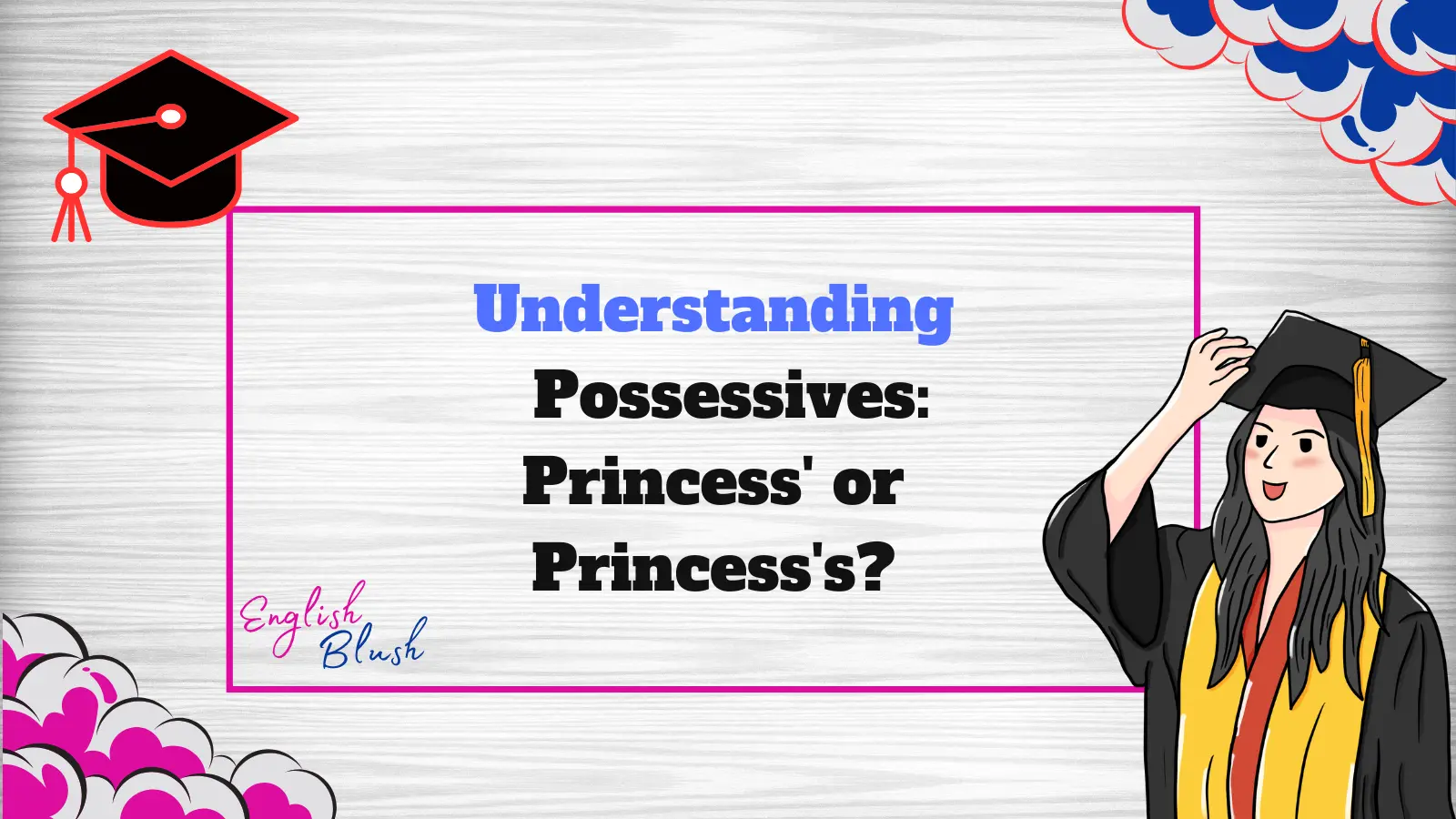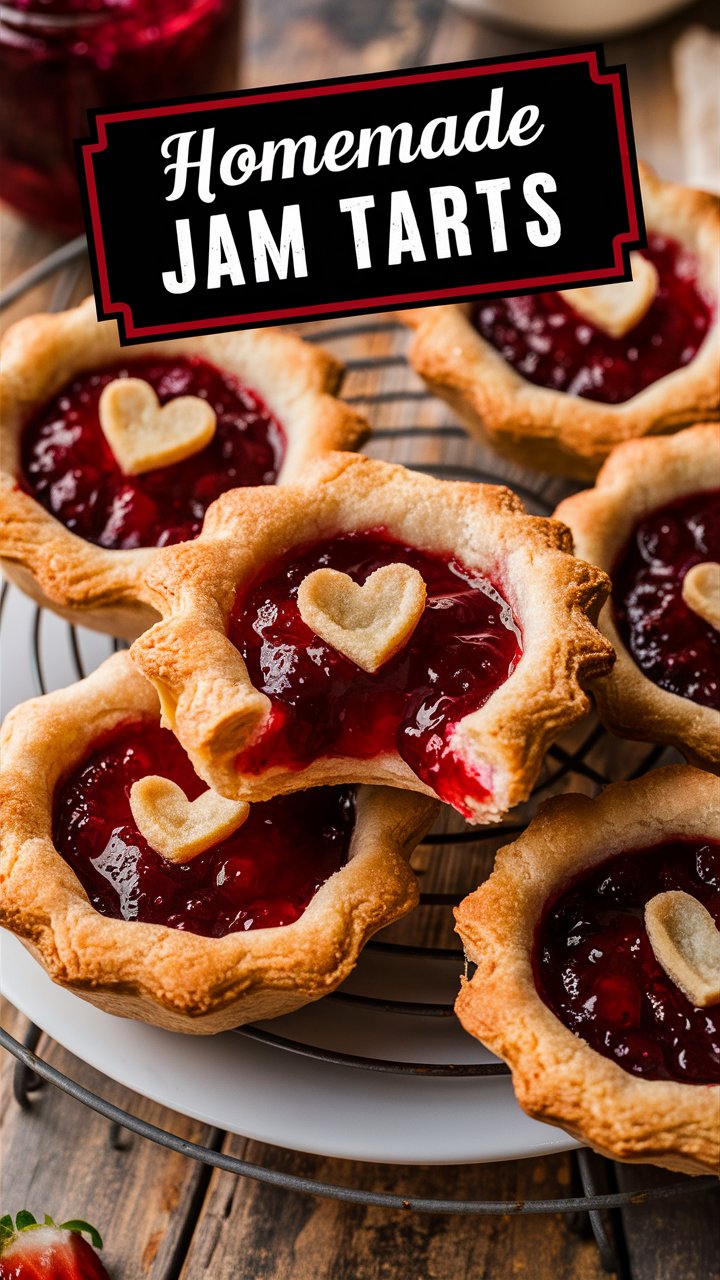When you’re writing, you might wonder about how to make things possessive. For example, is it Princess’ crown or Princess’s crown? This question comes up when you want to show that something belongs to someone. In this article, we’ll explain how to use possessives correctly using examples like Princess’ or Princess’s and break it down so it’s easy to understand.
Let’s explore how to use possessives for singular, plural, and plural possessive forms.
What is a Possessive?
A possessive shows that something belongs to someone or something. For example:
- The Princess’s crown means the crown that belongs to the Princess.
- The dogs’ toys means the toys that belong to the dogs.
How Do You Form the Possessive?
There are two common ways to form possessives in English:
- Singular possessive: For one person or thing (e.g., Princess’s crown).
- Plural possessive: For more than one person or thing (e.g., princesses’ crowns).
- Plural form: For more than one person or thing, without showing possession (e.g., princesses).
Singular Possessive: Princess’s or Princess’?
The big question is whether to write Princess’s or Princess’ when something belongs to one princess.
Singular Possessive Example
- Princess’s: When you want to show possession with a singular noun that ends in s, many style guides say you should add ‘s.
- Example: The Princess’s dress is beautiful. (The dress belongs to the Princess.)
- Princess’: Some people or style guides drop the ’s and just use ’ after singular nouns that end in s. This is usually used for names that end with s, like Charles’.
- Example: The Princess’ crown shines brightly. (The crown belongs to the Princess.)
Table: Singular Possessive Forms
| Singular Noun | Possessive Form |
|---|---|
| Princess | Princess’s |
| Charles | Charles’ |
| Boss | Boss’s |
| Thomas | Thomas’s |
In this table, you can see how singular possessives work. Some people use the ’s (like Princess’s) and some just use the ’ (like Charles’).
Plural Possessive: Princesses’ or Princess’s?
Next, let’s talk about plural possessive. This is when more than one princess owns something.
Plural Possessive Example
- Princesses’: When you are talking about the possessions of more than one princess, you add ’s after making the word plural.
- Example: The Princesses’ gowns are beautiful. (The gowns belong to the princesses.)
Table: Plural Possessive Forms
| Plural Noun | Possessive Form |
|---|---|
| Princesses | Princesses’ |
| Dogs | Dogs’ |
| Teachers | Teachers’ |
| Students | Students’ |
In this case, you first make the noun plural and then add ’ to show possession.
Plural Form: Princesses
Let’s also look at how to write the plural form, where you just want to say there are more than one princess, without showing possession.
Plural Example
- Princesses: When you talk about more than one princess, just add es to the end of Princess.
- Example: There are many princesses in the kingdom.
Table: Plural Forms
| Singular Noun | Plural Form |
|---|---|
| Princess | Princesses |
| Dog | Dogs |
| Teacher | Teachers |
| Student | Students |
In the table, you can see that to make a word plural, you add es if the word ends in s.
Key Differences: Summary Table
To make everything easy to understand, here is a table that summarizes the different forms:
| Form | Example | Explanation |
|---|---|---|
| Singular Possessive | Princess’s crown | Shows that the crown belongs to one princess. |
| Plural Possessive | Princesses’ crowns | Shows that the crowns belong to more than one princess. |
| Singular Plural | Princesses | Simply means more than one princess. |
| Plural | Dogs | The word for more than one dog. |
When to Use Princess’s vs Princess’?
- Use Princess’s when you are following the rule for adding ’s to show possession for a singular noun.
- Use Princess’ if you follow a style guide that prefers leaving off the extra s after a singular noun that ends in s.
Tips to Remember
- If a word ends in s, some people use ‘s (like Princess’s), and some just use the ’ (like Charles’).
- For plural nouns, always add ’ after the s (like Princesses’).
- To make a word plural, just add es if it ends with an s.
Conclusion
In this article, we’ve explored how to use possessives in different ways. Whether you’re talking about one princess’s crown or many princesses’ crowns, it’s important to know when and how to use ’s and ’. By following the simple rules and looking at the examples, you’ll be able to use possessives correctly and with confidence.





